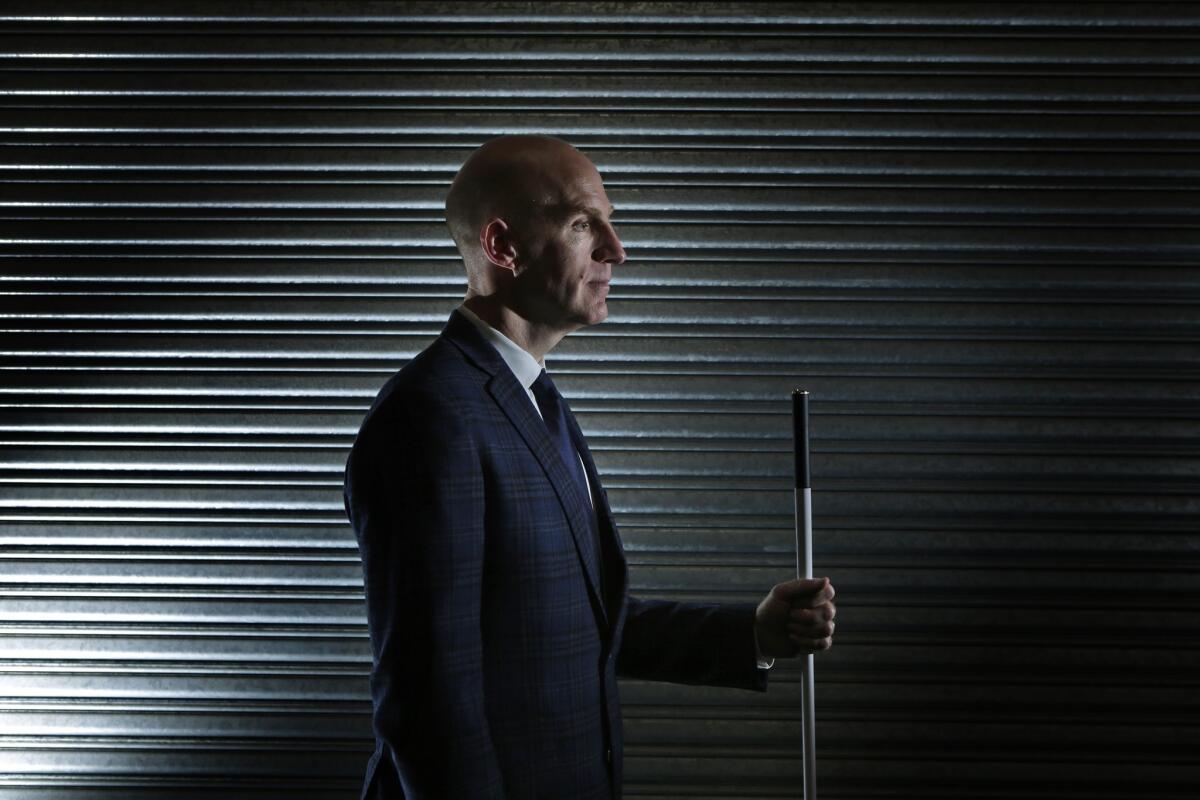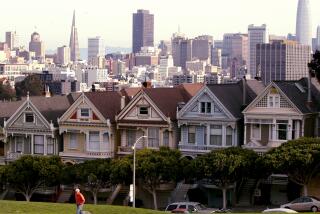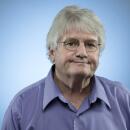Blind architect sports an upbeat vision

- Share via
Blind architect Chris Downey says that city planners and property owners should view future construction projects through a different set of eyes.
Downey’s observations came during a daylong conference on water conservation and energy-efficient building design conducted by local chapters of the U.S. Green Building Council and the Southern California Gas Co. at the company’s energy resource center in Downey.
Downey, 51, of Piedmont, Calif., lost his eyesight six years ago after undergoing surgery for a non-cancerous brain tumor. Since then, he has maintained his San Francisco architectural practice.
“I have a career without sight. But as an architect, I still have vision,” he said with a grin. “The creative process is a mental process.”
Formerly a residential home designer who specialized in green modular dwellings, Downey returned to his design work a month after his surgery, on St. Patrick’s Day in 2008.
“I wanted to get back to work before others started saying I couldn’t go back to work,” he explained.
He uses a large-format embossing printer that renders PDFs of his design sketches into three-dimensional drawings. These days, he finds himself in demand for large-scale commercial projects for clients such as the U.S. Department of Veterans Affairs. Construction of his latest design, an independent living resource center in San Francisco, begins this week.
He also uses wax sticks when conceptualizing plans. He can feel the waxed lines with his fingers, thanks to his memory of how his now-16-year-old son, Renzo, enjoyed playing with Wikki Sticks as a child.
Along with his architectural work, he also teaches at UC Berkeley’s Department of Architecture and Environmental Design.
At last week’s conference, Downey urged about 700 municipal officials, long-range planners for governmental agencies and those interested in sustainability to incorporate in new buildings such things as elevators that can be voice-activated and thermostats that can be operated by smartphone.
He said life can be challenging for those who are suddenly hit by life-changing events — and for those around them. Downey recalled how he surprised Rosa, his wife of 20 years, shortly after losing his sight by going into the basement to toss dirty clothes into the washing machine. Because he didn’t need the basement lights, he didn’t bother to turn them on.
“My saving grace with my wife is that I have a disabled parking placard that we can use,” he joked.
Downey said he has encountered one other blind architect, a designer who lives in Lisbon, and knows of just one “low-vision architect” who works in Chicago.
“We’re such heroic visual beasts. I try to expand that to be multi-sensory. We need to include tactile experiences, the sense of smell, touch and acoustics,” he said.
Those attending Thursday’s seminar were impressed by Downey’s upbeat vision.
“I took out of it that we should look at things differently,” said Bill McDonnell, senior resource specialist with the Metropolitan Water District of Southern California. “We have to step out of our comfort zones.”
Sergio Pimentel, who is studying hospitality management and sustainability at Cal State Northridge, said he hopes to “think out of the box” when he pursues a career that he hopes will lead to ownership of a hotel.
“Things like Braille signage and proper ADA (Americans With Disabilities Act) ramps are very important,” Pimentel said.
Twitter: @BobsLAtimes
More to Read
Sign up for Essential California
The most important California stories and recommendations in your inbox every morning.
You may occasionally receive promotional content from the Los Angeles Times.











